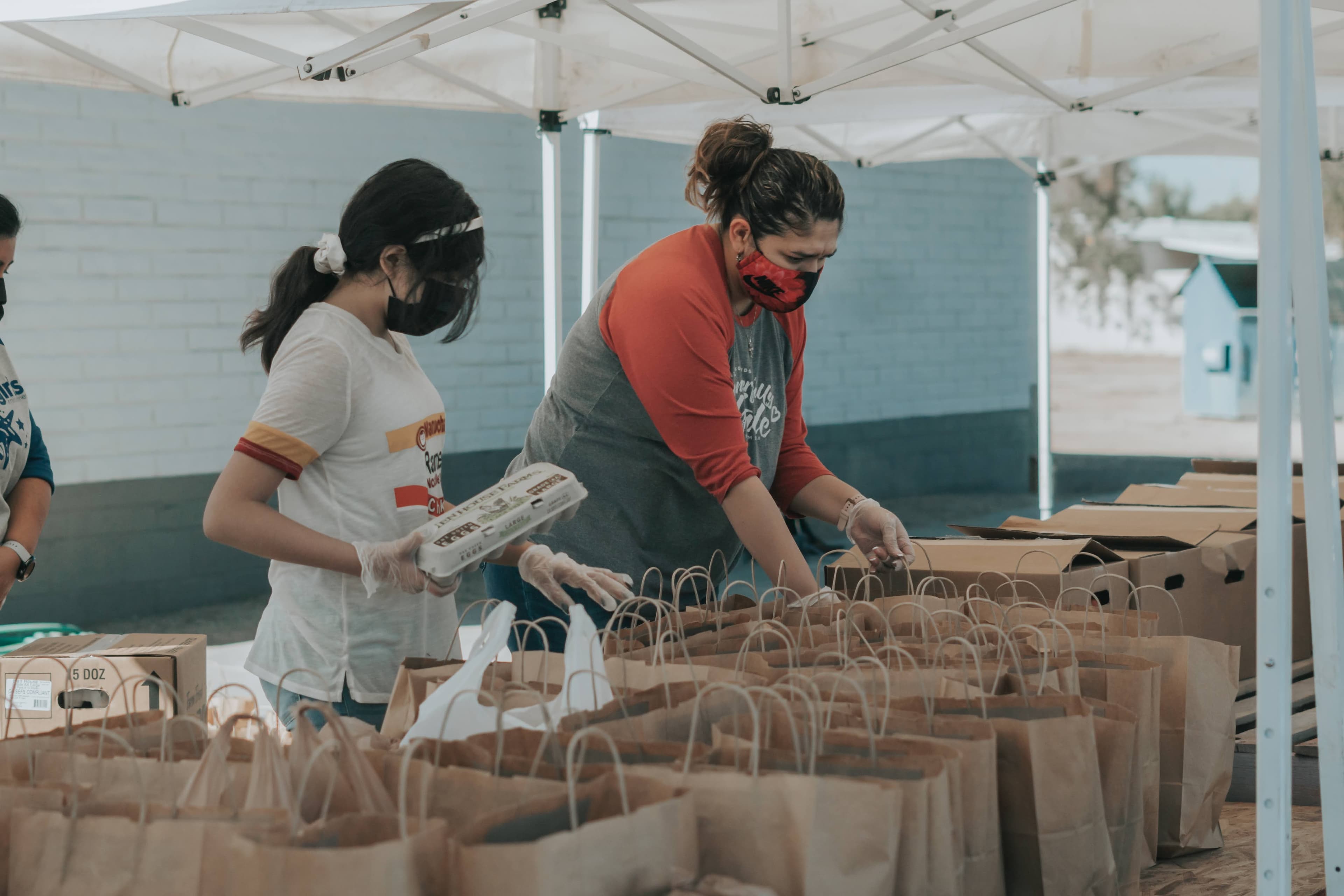Abstract
The multibillion-dollar food banking industry provides food to those in need, acting as a stopgap solution to hunger. U.S. food banks are private, non-profit organizations that collect food and monetary donations that they redistribute to other organizations, such as food pantries, schools, and soup kitchens (as well as directly to food insecure people). During the COVID-19 pandemic, food banks grew tremendously in scale and scope, receiving a large influx of public and private funding. This marked a period of increased charitable food giving and a focus on social equity. Drawing on 62 in-depth interviews with U.S. food bank directors, staff, and industry leaders, I explore how and in what ways food bank discourse and practices reflected food justice values. My interviews are supplemented with material from food bank websites, news articles, and observations made during food bank events. I find that food banks are engaging in new conversations about issues of diversity, equity, and inclusion (DEI) and food justice. Leaders contrasted this to their prior lack of consideration of DEI and their prior focus on distributing more pounds of food rather than creating a more just food system. While food bank leaders increasingly use DEI considerations and food justice to frame their efforts, the extent to which these considerations are reflected in food bank programs, metrics, and priorities varies widely. This chapter explores this aspect of food banking—the moral principles leadership increasingly pay homage to and the actual means by which these ideas and principles are and are not implemented in practices of food distribution. Exploring the incorporation and lack thereof of food justice in the private food assistance system has important implications for the broader food justice movement and the charitable food system in general. Finally, this chapter expands the study of food justice to the food bank system – an increasingly important food source for millions of Americans that has been heretofore underexamined in existing food justice literature.
